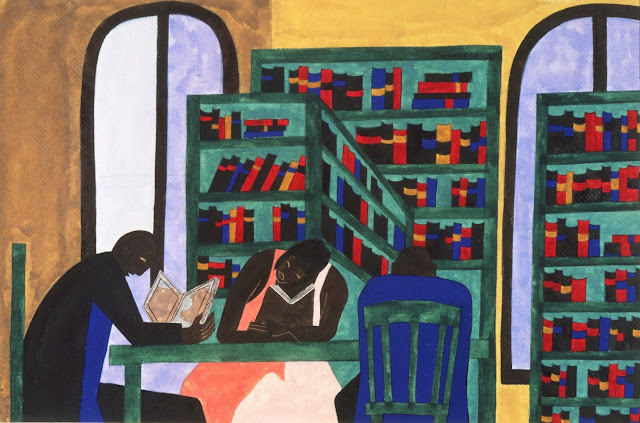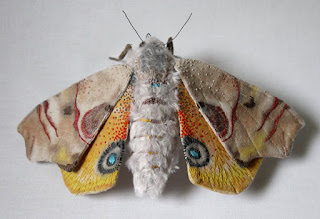Artists can tell stories about a memory...
What do you think the story is for each picture?
What is a memory you would like to share?
Think of some pictures and details that are important to tell a story of that memory.
Using Four cards make a picture on each card to tell your story.
One weekend our family drove to Florida, where we went on a boat ride
We played at the beach, it had smooth sand and beautiful shells
One day we walked out onto a long pier and watched people catch fish,
some were huge and some were so small.
At the end of the pier was a souvenior shop and there were
colorful buoys hanging a wall.






































